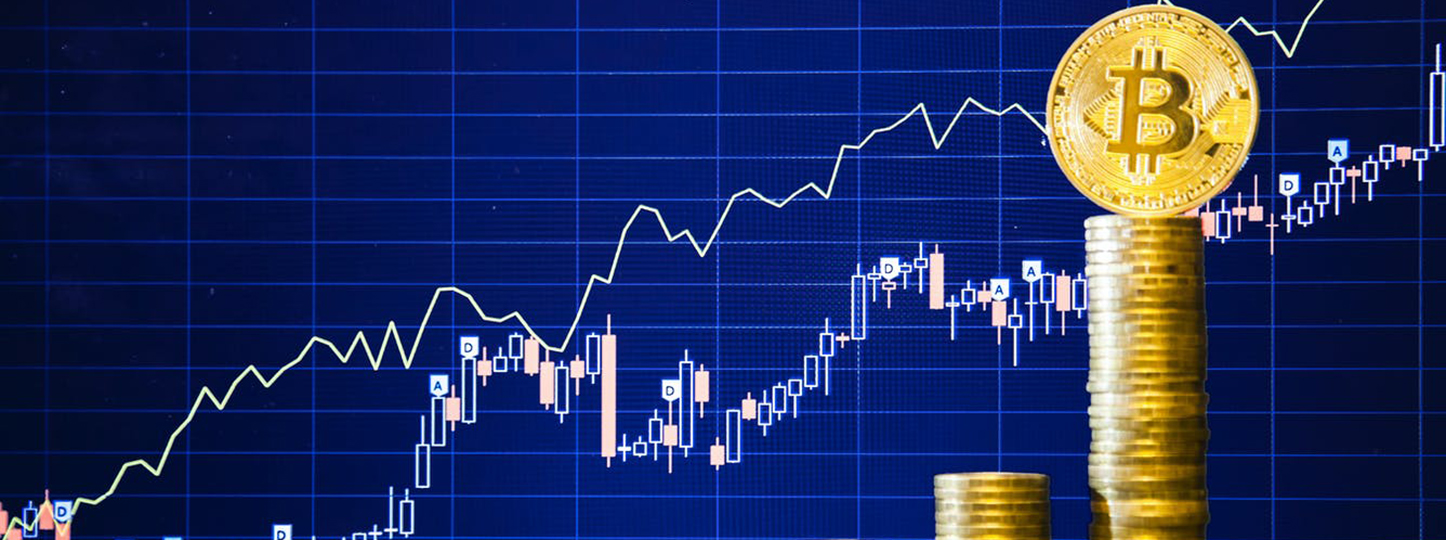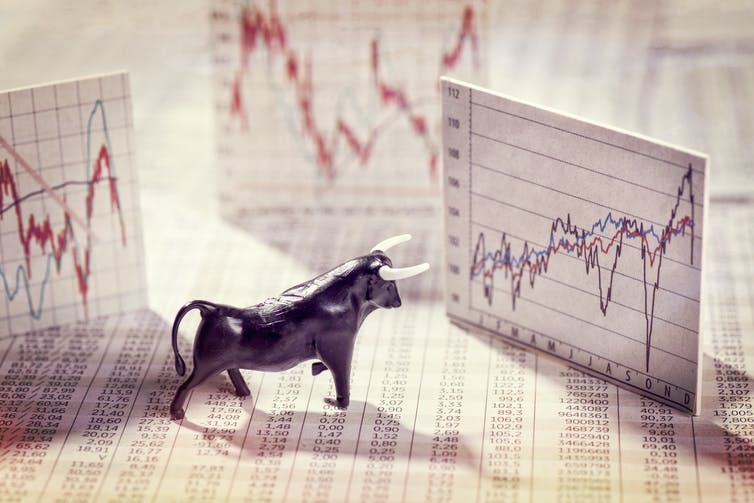“We are on the cusp of a technology-driven ‘supertransition’” - RMIT expert says deep economic change is occurring with profound consequences for business
RMIT economist Dr. Darcy Allen says the world is in an economic ‘supertransition’: profound economic change driven by the simultaneous combination of technologies.
How Melburnians work, learn and thrive in a post-lockdown city is revealed in new report
A first-of-its-kind, city-wide survey of Melbourne residents shows just how dramatically our working practices have changed since the beginning of the pandemic and highlights the digital infrastructure we need to support a vastly changed working, learning and thriving city, a new RMIT report reveals.
How Melburnians work, learn and thrive in a post-lockdown city is revealed in new report
A first-of-its-kind, city-wide survey of Melbourne residents shows just how dramatically our working practices have changed since the beginning of the pandemic and highlights the digital infrastructure we need to support a vastly changed working, learning and thriving city, a new RMIT report reveals.
Could blockchain technology revolutionise the real estate industry?
The Real Estate Institute of Australia (REIA) and the Real Estate Institute of New Zealand (REINZ), in collaboration with RMIT’s Blockchain Innovation Hub, have released a groundbreaking new report showing how blockchain technology could be used to revolutionise the Australian and New Zealand real estate sector.








